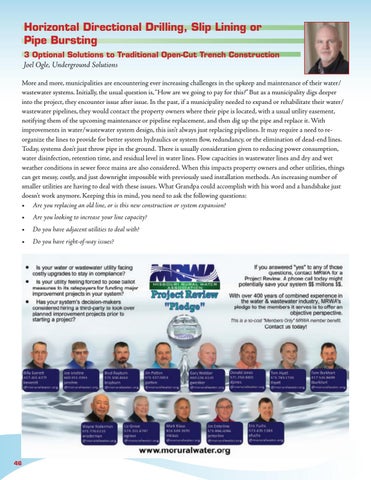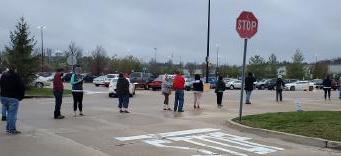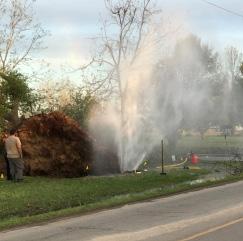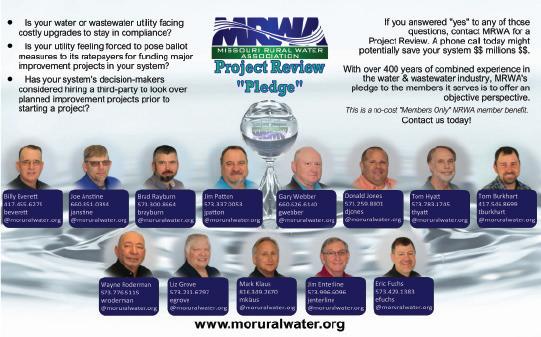Horizontal Directional Drilling, Slip Lining or Pipe Bursting 3 Optional Solutions to Traditional Open-Cut Trench Construction Joel Ogle, Underground Solutions More and more, municipalities are encountering ever increasing challenges in the upkeep and maintenance of their water/ wastewater systems. Initially, the usual question is, “How are we going to pay for this?” But as a municipality digs deeper into the project, they encounter issue after issue. In the past, if a municipality needed to expand or rehabilitate their water/ wastewater pipelines, they would contact the property owners where their pipe is located, with a usual utility easement, notifying them of the upcoming maintenance or pipeline replacement, and then dig up the pipe and replace it. With improvements in water/wastewater system design, this isn’t always just replacing pipelines. It may require a need to reorganize the lines to provide for better system hydraulics or system flow, redundancy, or the elimination of dead-end lines. Today, systems don’t just throw pipe in the ground. There is usually consideration given to reducing power consumption, water disinfection, retention time, and residual level in water lines. Flow capacities in wastewater lines and dry and wet weather conditions in sewer force mains are also considered. When this impacts property owners and other utilities, things can get messy, costly, and just downright impossible with previously used installation methods. An increasing number of smaller utilities are having to deal with these issues. What Grandpa could accomplish with his word and a handshake just doesn’t work anymore. Keeping this in mind, you need to ask the following questions: • Are you replacing an old line, or is this new construction or system expansion? • Are you looking to increase your line capacity? • Do you have adjacent utilities to deal with? • Do you have right-of-way issues?
46









